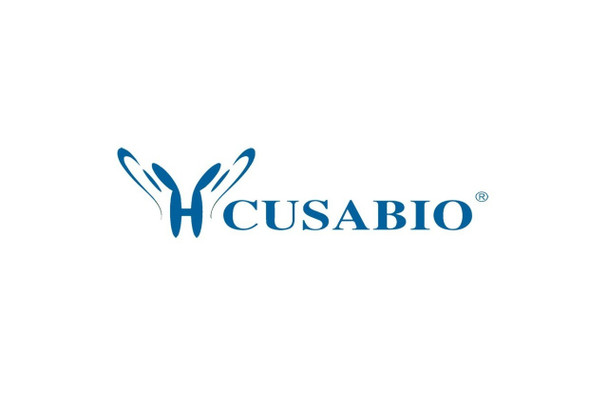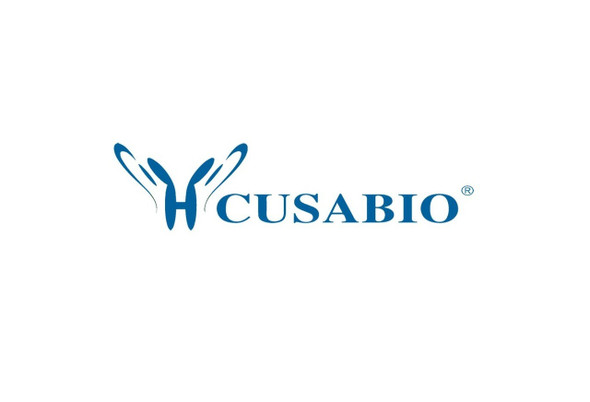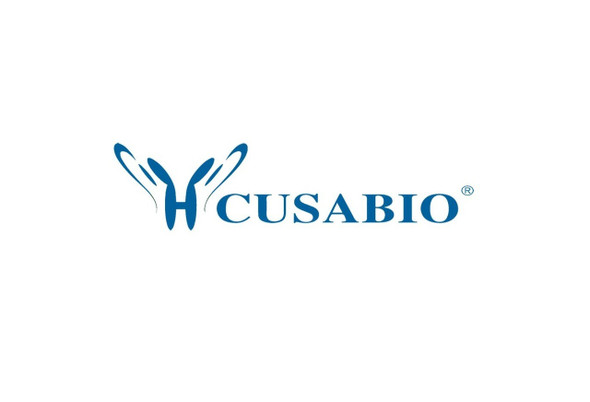Cusabio Polyclonal Antibodies
DTNBP1 Antibody | CSB-PA007218KA01HU
- SKU:
- CSB-PA007218KA01HU
- Availability:
- 3 to 7 Working Days
- Size:
- 100ul (100ug)
Description
DTNBP1 Antibody | CSB-PA007218KA01HU | Cusabio
DTNBP1 Antibody is Available at Gentaur Genprice with the fastest delivery.
Online Order Payment is possible or send quotation to info@gentaur.com.
Product Type: Polyclonal Antibody
Target Names: DTNBP1
Aliases: DTNBP1; DBND; DKFZp564K192; FLJ30031; HPS7; MGC20210; My031; SD
Background: Dysbindin, or dystrobrevin-binding protein 1, is a coiled-coil-containing protein expressed in muscle and brain that was identified as a binding partner of dystrobrevin. Dysbindin upregulates expression of the pre-synaptic proteins SNAP25 and synapsin I, thereby increasing glutamate release and promoting neuronal viability through Akt signaling. In particular, Akt phosphorylation is suppressed with downregulation of dysbindin and increased with upregulation of dysbindin. A nonsense mutation of dysbindin causes Hermansky-Pudlak disease, an autosomal recessive disorder characterized by lysosomal storage defects and prolonged bleeding. Genetic variation in the gene encoding dysbindin is strongly associated with schizophrenia and protein levels are reduced in the prefrontal cortex, midbrain and hippocampus of brains from patients with schizophrenia.
Isotype: IgG
Conjugate: Non-conjugated
Clonality: Polyclonal
Uniport ID: Q96EV8
Host Species: Rabbit
Species Reactivity: Human, Mouse, Rat
Immunogen: Recombinant protein of human DTNBP1
Immunogen Species: Human
Applications: ELISA, WB, IHC
Tested Applications: ELISA, WB, IHC;WB:1:500-1:2000, IHC:1:50-1:200
Purification Method: Affinity purification
Dilution Ratio1: ELISA:1:2000-1:10000
Dilution Ratio2: WB:1:500-1:2000
Dilution Ratio3: IHC:1:50-1:200
Dilution Ratio4:
Dilution Ratio5:
Dilution Ratio6:
Buffer: Buffer: PBS with 0.02% sodium azide, 50% glycerol, pH7.3.
Form: liquid
Storage: Upon receipt, store at -20°C or -80°C. Avoid repeated freeze.
Initial Research Areas: Neuroscience
Research Areas: Neuroscience






